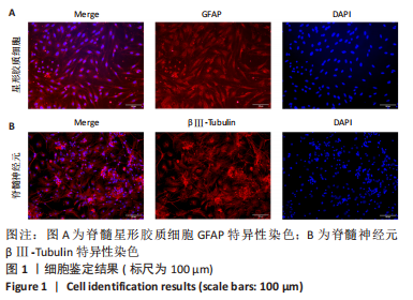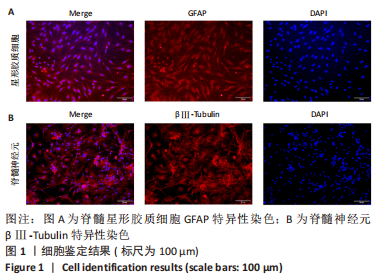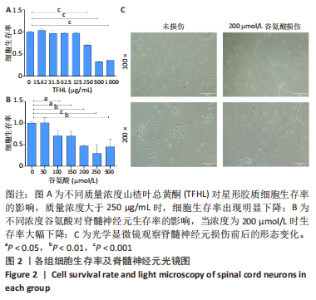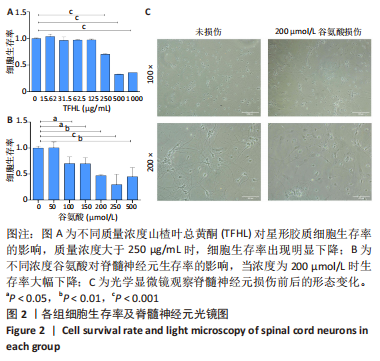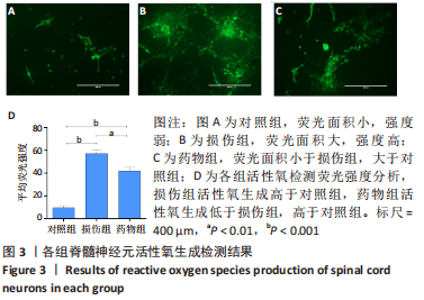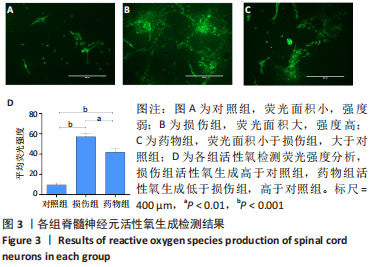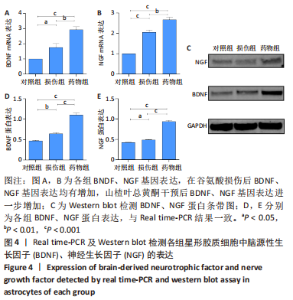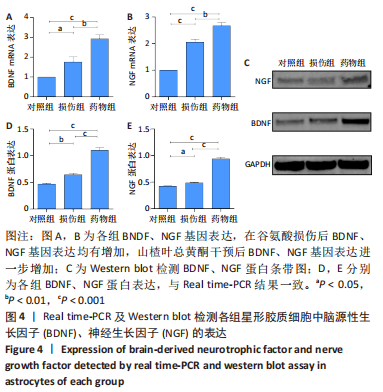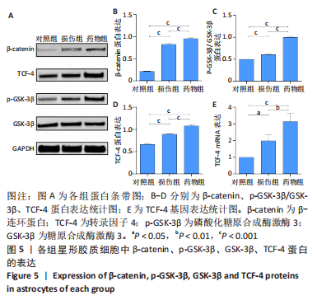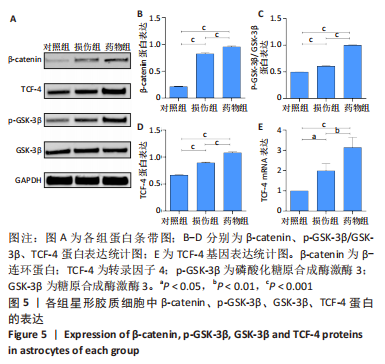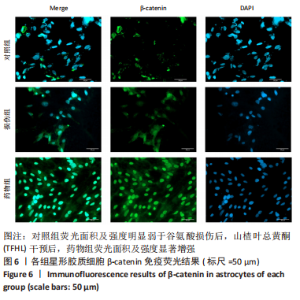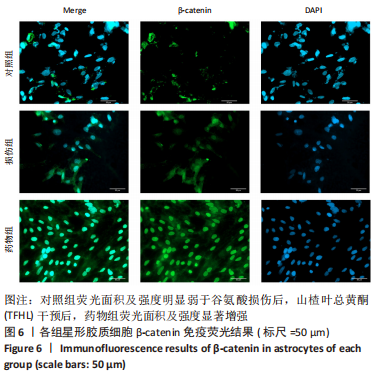[1] ANJUM A, YAZID MD, FAUZI DAUD M, et al. Spinal Cord Injury: Pathophysiology, Multimolecular Interactions, and Underlying Recovery Mechanisms. Int J Mol Sci. 2020;21(20):7533.
[2] 张姣姣.中国创伤性脊髓损伤住院患者疾病负担及转归分析[D].北京:中国疾病预防控制中心,2021.
[3] 樊保佑,冯世庆,陈琳,等.脊髓损伤神经修复临床治疗指南(IANR/CANR 2019年版)[J].西部医学,2020,2(6):790-802.
[4] CANSECO JA, KARAMIAN BA, BOWLES DR, et al. Updated Review: The Steroid Controversy for Management of Spinal Cord Injury. World Neurosurg. 2021;150:1-8.
[5] HOLMES D. Spinal-cord injury: spurring regrowth. Nature. 2017;552 (7684):S49.
[6] ZHOU X, WAHANE S, FRIEDL MS, et al. Microglia and macrophages promote corralling, wound compaction and recovery after spinal cord injury via Plexin-B2. Nat Neurosci. 2020;23(3):337-350.
[7] ARAKI T, IKEGAYA Y, KOYAMA R. The effects of microglia- and astrocyte-derived factors on neurogenesis in health and disease. Eur J Neurosci. 2021;54(5):5880-5901.
[8] CHENG YY, ZHAO HK, CHEN LW, et al. Reactive astrocytes increase expression of proNGF in the mouse model of contused spinal cord injury. Neurosci Res. 2020;157:34-43.
[9] YI H, HU J, QIAN J, et al. Expression of brain-derived neurotrophic factor is regulated by the Wnt signaling pathway. Neuroreport. 2012; 23(3):189-194.
[10] FRAGOSO MA, YI H, NAKAMURA RE, et al. The Wnt signaling pathway protects retinal ganglion cell 5 (RGC-5) cells from elevated pressure. Cell Mol Neurobiol. 2011;31(1):163-173.
[11] GAO K, ZHANG T, WANG F, et al. Therapeutic Potential of Wnt-3a in Neurological Recovery after Spinal Cord Injury. Eur Neurol. 2019;81(3-4):197-204.
[12] WEN L, LIN Y, LV R, et al. An Efficient Method for the Preparative Isolation and Purification of Flavonoids from Leaves of Crataegus pinnatifida by HSCCC and Pre-HPLC. Molecules. 2017;22(5):767.
[13] ULLAH A, MUNIR S, BADSHAH SL, et al. Important Flavonoids and Their Role as a Therapeutic Agent. Molecules. 2020;25(22):5243.
[14] 刘名,王凯.壳聚糖/海藻酸盐复合支架联合山楂叶总黄酮修复脊髓损伤[J].中国组织工程研究,2022,26(28):4466-4471.
[15] KIM SR. Application of flavonoids for the protection of nigral dopaminergic neurons from oxidative stress. Neural Regen Res. 2021; 16(7):1409-1410.
[16] 熊殷.山楂叶总黄酮对脊髓损伤大鼠受损神经保护及修复作用的研究[D].南宁:广西医科大学,2019.
[17] OKADA S, HARA M, KOBAYAKAWA K, et al. Astrocyte reactivity and astrogliosis after spinal cord injury. Neurosci Res. 2018;126:39-43.
[18] LI X, LI M, TIAN L, et al. Reactive Astrogliosis: Implications in Spinal Cord Injury Progression and Therapy. Oxid Med Cell Longev. 2020; 2020:9494352.
[19] LUKACOVA N, KISUCKA A, KISS BIMBOVA K, et al. Glial-Neuronal Interactions in Pathogenesis and Treatment of Spinal Cord Injury. Int J Mol Sci. 2021;22(24):13577.
[20] XIE C, SHEN X, XU X, et al. Astrocytic YAP Promotes the Formation of Glia Scars and Neural Regeneration after Spinal Cord Injury. J Neurosci. 2020;40(13):2644-2662.
[21] BLANCO-SUÁREZ E, CALDWELL AL, ALLEN NJ. Role of astrocyte-synapse interactions in CNS disorders. J Physiol. 2017;595(6):1903-1916.
[22] JIA Z, ZHU H, LI J, et al. Oxidative stress in spinal cord injury and antioxidant-based intervention. Spinal Cord. 2012;50(4):264-274.
[23] ZHAO R, WU X, BI XY, et al. Baicalin attenuates blood-spinal cord barrier disruption and apoptosis through PI3K/Akt signaling pathway after spinal cord injury. Neural Regen Res. 2022;17(5):1080-1087.
[24] ASHOK A, ANDRABI SS, MANSOOR S, et al. Antioxidant Therapy in Oxidative Stress-Induced Neurodegenerative Diseases: Role of Nanoparticle-Based Drug Delivery Systems in Clinical Translation. Antioxidants (Basel). 2022;11(2):408.
[25] KAUR J, MOJUMDAR A. A mechanistic overview of spinal cord injury, oxidative DNA damage repair and neuroprotective therapies. Int J Neurosci. 2021:1-15. doi: 10.1080/00207454.2021.1912040.
[26] KUMAR S, PANDEY AK. Chemistry and biological activities of flavonoids: an overview. ScientificWorldJournal. 2013;2013:162750.
[27] CABEZAS R, AVILA-RODRIGUEZ M, VEGA-VELA NE, et al. Growth Factors and Astrocytes Metabolism: Possible Roles for Platelet Derived Growth Factor. Med Chem. 2016;12(3):204-210.
[28] DE PINS B, CIFUENTES-DÍAZ C, FARAH AT, et al. Conditional BDNF Delivery from Astrocytes Rescues Memory Deficits, Spine Density, and Synaptic Properties in the 5xFAD Mouse Model of Alzheimer Disease. J Neurosci. 2019;39(13):2441-2458.
[29] KEEFE KM, SHEIKH IS, SMITH GM. Targeting Neurotrophins to Specific Populations of Neurons: NGF, BDNF, and NT-3 and Their Relevance for Treatment of Spinal Cord Injury. Int J Mol Sci. 2017;18(3):548.
[30] HAYASHI N, HIMI N, NAKAMURA-MARUYAMA E, et al. Improvement of motor function induced by skeletal muscle contraction in spinal cord-injured rats. Spine J. 2019;19(6):1094-1105.
[31] WANG L, GU S, GAN J, et al. Neural Stem Cells Overexpressing Nerve Growth Factor Improve Functional Recovery in Rats Following Spinal Cord Injury via Modulating Microenvironment and Enhancing Endogenous Neurogenesis. Front Cell Neurosci. 2021;15:773375.
[32] RODRIGUEZ-JIMENEZ FJ, VILCHES A, PEREZ-ARAGO MA, et al. Activation of Neurogenesis in Multipotent Stem Cells Cultured In Vitro and in the Spinal Cord Tissue After Severe Injury by Inhibition of Glycogen Synthase Kinase-3. Neurotherapeutics. 2021;18(1):515-533.
|
